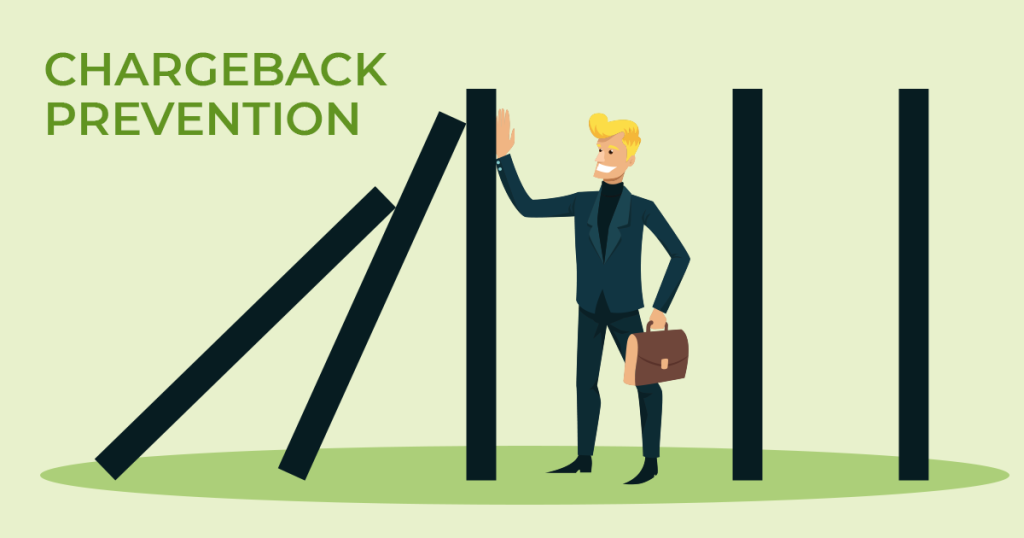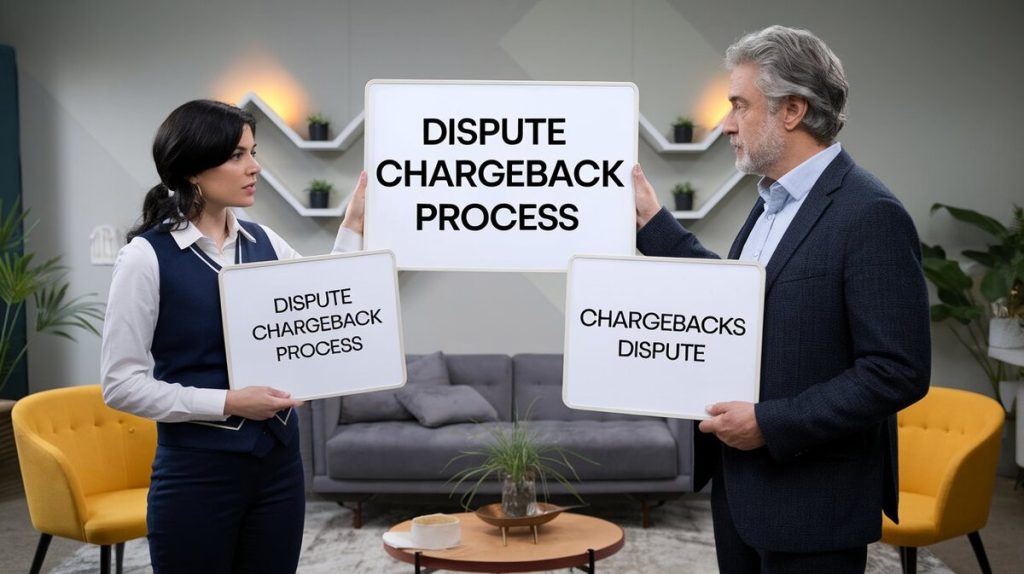Introduction
Chargebacks, the reversal of transactions initiated by a customer, represent a significant challenge in e-commerce. With global chargeback rates averaging 0.5% of all transactions, merchants face not only lost revenue but also additional fees and reputational risks. To minimize these impacts, it’s crucial for merchants to understand the chargeback process and how to handle disputes effectively.
What is a Chargeback?
A chargeback is a transaction reversal initiated by the cardholder’s bank due to disputes over fraudulent transactions, billing errors, or dissatisfaction with goods or services. In 2023, chargebacks cost merchants over $40 billion globally, encompassing fees and lost revenue.
Common Reasons for Chargebacks
- Fraudulent Transactions: Fraud accounts for over 60% of chargebacks.
- Friendly Fraud: Around 20% of chargebacks result from customers mistakenly disputing legitimate transactions.
- Product or Service Issues: Disputes often arise from defective products or unsatisfactory service.
The Chargeback Process Explained
The chargeback process involves several steps that merchants must follow meticulously to protect their revenue.
1. Transaction Dispute Initiation
The process starts when a cardholder disputes a charge. The issuing bank reviews the claim and may issue a provisional credit to the cardholder.
2. Notification and Evidence Collection
The merchant’s acquiring bank is notified, and the merchant must gather evidence to refute the claim, such as transaction records and proof of delivery. According to Braintree, timely evidence submission increases the chances of a favorable outcome.
3. Representment
If the merchant disputes the chargeback, they submit evidence to the acquiring bank, which forwards it to the issuing bank. This process, known as representment, is crucial in defending the transaction’s validity.
4. Bank Review and Decision
The issuing bank reviews the evidence and decides whether to uphold or reverse the chargeback. Stripe notes that the decision hinges on the strength of the evidence.
5. Arbitration
If the chargeback is upheld but the merchant disagrees, the case can escalate to arbitration, where the card network (Visa or Mastercard) makes the final decision. Arbitration is costly, often exceeding $500, and is recommended only when the disputed amount is significant.
Table 1: Steps in the Chargeback Process and Key Considerations
| Step | Action Required | Key Considerations |
|---|---|---|
| Dispute Initiation | Cardholder contacts issuing bank | Clear communication with customers can prevent disputes. |
| Evidence Collection | Gather relevant documentation | Timeliness and completeness of evidence are crucial. |
| Representment | Submit evidence to acquirer | Tailor evidence to the specific chargeback reason code. |
| Bank Review | Issuing bank reviews evidence | Decision is based on the strength of the evidence provided. |
| Arbitration | Escalate to card network (if needed) | Evaluate the cost-benefit of pursuing arbitration. |

How to Dispute a Chargeback
Disputing a chargeback requires prompt and systematic action.
1. Respond Promptly
Merchants typically have 10-15 days to respond to a chargeback notification. Delays can result in automatic acceptance of the chargeback.
2. Gather Comprehensive Evidence
Merchants should gather all relevant evidence, such as:
- Transaction Records: Include date, time, and amount.
- Proof of Delivery: Shipping records, signed delivery receipts.
- Communication Logs: Emails and messages between the merchant and customer.
3. Craft a Clear Response
A concise response should accompany the evidence, addressing the specific reason code provided by the issuing bank.
4. Submit the Response
Follow the submission guidelines provided by the payment processor or acquirer, ensuring that all evidence is submitted within the specified timeframe.
Challenges in the Chargeback Process
The chargeback process presents several challenges for merchants, especially in terms of time, resources, and complexity.
1. Tight Deadlines
Merchants must respond to chargebacks within strict deadlines. Failure to do so can result in the automatic loss of the dispute. Checkout.com emphasizes the importance of an organized system to track and respond to chargeback notifications.
2. Documentation Requirements
The documentation required to dispute a chargeback can be extensive. Merchants need to maintain accurate records and have quick access to relevant information.
3. Risk of Arbitration
Arbitration is costly and should only be pursued when the potential recovery justifies the risk.
Table 2: Common Challenges in the Chargeback Process and Mitigation Strategies
| Challenge | Description | Mitigation Strategy |
|---|---|---|
| Tight Deadlines | Short response timeframes increase the risk of losing disputes. | Implement an automated system to track and respond to chargebacks. |
| Complex Documentation | Extensive documentation requirements. | Maintain organized and easily accessible transaction records. |
| High Cost of Arbitration | Arbitration fees can exceed the disputed amount. | Evaluate the cost-benefit of pursuing arbitration before proceeding. |

Best Practices for Chargeback Prevention
Preventing chargebacks is more effective and less costly than disputing them. Implementing best practices can significantly reduce the occurrence of chargebacks.
1. Transparent Billing Practices
Use clear billing descriptors that are easily recognizable to customers, preventing misunderstandings that lead to chargebacks.
2. Fraud Prevention Tools
Implement advanced fraud prevention tools like AVS (Address Verification System) and CVV (Card Verification Value) to detect and block fraudulent transactions. Visa reports that merchants who use these tools reduce fraud-related chargebacks by up to 30%.
3. Effective Customer Service
Providing good customer service can prevent disputes from escalating into chargebacks. Address customer complaints promptly and offer refunds or exchanges when appropriate.
4. Partner with Experts
Collaborating with chargeback prevention experts can be beneficial. Merchanto.org, a trusted partner of Visa and Mastercard, specializes in reducing chargebacks through advanced analytics and fraud detection tools. Merchants can explore solutions tailored to their needs by visiting Merchanto.org.
Table 3: Chargeback Prevention Strategies and Their Impact
| Strategy | Implementation | Impact on Chargebacks |
|---|---|---|
| Transparent Billing | Use clear, recognizable billing descriptors. | Reduces disputes due to billing confusion. |
| Fraud Prevention Tools | Implement AVS, CVV checks, and fraud detection systems. | Decreases fraud-related chargebacks by up to 30%. |
| Effective Customer Service | Provide timely customer support. | Prevents disputes from escalating into chargebacks. |
| Partner with Experts | Work with partners like Merchanto.org for specialized solutions. | Enhances overall chargeback prevention and dispute success rates. |
Conclusion
Understanding and managing the chargeback process is crucial for merchants to protect revenue and maintain strong relationships with payment processors. By following the outlined steps, addressing challenges proactively, and implementing best practices, merchants can minimize the financial impact of chargebacks.



